|
5/30/2020 Nobel Prize Winners and the Basics of What it Takes to Do Science at the Highest LevelRead NowMost scientists have ideas about how science is done, but those that have won a Nobel Prize probably know a thing or two that others don’t. Winning a Nobel Prize in science often means that you had an idea few others had and pursued it to discover something so important that it changed the world. So by virtue of having gone through this process, Nobel Prize winners probably know what it takes to do science at the highest level. Here I have put together a narrative regarding the basics behind doing this type of science, and I have supported it with a few quotes from those who made their pilgrimage to Stockholm to be bestowed the ultimate honor. 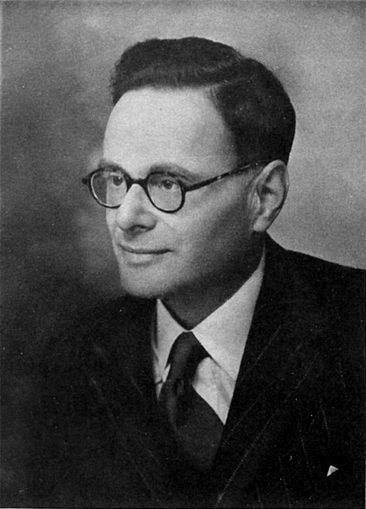 Hans Krebs Hans Krebs The first step in the basics of doing Nobel Prize level science is training. With whom should a would-be Nobel laurate train? The German-British biochemist, Hans Krebs, who won the Nobel Prize in 1953 for the discovery of important pathways in metabolism, had this to say: What, then, is it in particular that can be learned from teachers of special distinction? Above all, what they teach is high standards. We measure everything, including ourselves, by comparisons; and in the absence of someone with outstanding ability there is a risk that we easily come to believe that we are excellent and much better than the next man. Mediocre people may appear big to themselves (and to others) if they are surrounded by small circumstances. By the same token, big people feel dwarfed in the company of giants, and this is a most useful feeling. So what the giants of science teach us is to see ourselves modestly and not to overrate ourselves. This concept is not appreciated by many who are contemplating a career in the sciences. In most cases, excellent scientists have been trained by excellent mentors, and excellent scientists are maintained that way by keeping the company of those who are equal to or better than them (more on that later). 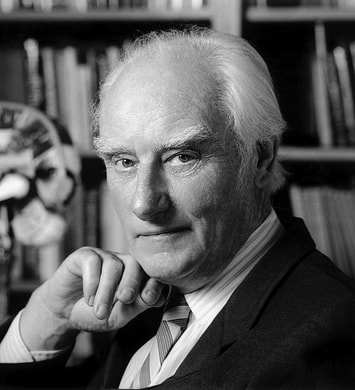 Francis Crick Francis Crick The next step is choosing the scientific problem that is to be tackled. Here I am not talking about a problem, I am talking about the problem, the line of research that will define a career and will be pursued probably for decades. The British molecular biologist, Francis Crick, co-recipient with James Watson and Maurice Wilkins of the Nobel Prize in 1962 for the discovery of the structure of the molecule of life, DNA, had this to say about this issue: The major credit I think Jim (James Watson) and I deserve … is for selecting the right problem and sticking to it. It’s true that by blundering about we stumbled on gold, but the fact remains that we were looking for gold. Both of us had decided, quite independently of each other, that the central problem in molecular biology was the chemical structure of the gene. … We could not see what the answer was, but we considered it so important that we were determined to think about it long and hard, from any relevant point of view.  Peter Medawar Peter Medawar The importance of the selection of the right problem is something that is not understood even by many very smart scientists. The British biologist, Peter Medawar, who received a Nobel Prize in 1960 for his discovery of acquired immunological tolerance, framed this perfectly when he wrote the following about Crick’s colleague, James Watson: It just so happens that during the 1950s, the first great age of molecular biology, the English schools of Oxford and particularly of Cambridge produced more than a score of graduates of quite outstanding ability - much more brilliant, inventive, articulate and dialectically skillful than most young scientists; right up in the Jim Watson class. But Watson had one towering advantage over all of them: in addition to being extremely clever he had something important to be clever about.  Albert Szent-Gyorgyi Albert Szent-Gyorgyi Those that ended up winning a Nobel Prize often had the vision early on in their careers to choose the right problem to work on. Once someone gets started in researching the right problem, the next step is asking questions and having ideas as to how these questions will be answered. But all scientists ask questions and have ideas. What is it that allows some scientists to make the great discoveries? The Hungarian biochemist, Albert Szent-Gyorgyi, who won the Nobel Prize in 1937 for research into how the body uses nutrients and for the discovery of vitamin C, explained what is behind the process of discovery in the following way: Discovery consists of seeing what everybody has seen and thinking what nobody has thought.  Albert Einstein Albert Einstein And the German physicist, Albert Einstein, who won a Nobel Prize in 1922 for his work in Theoretical Physics and his discovery of the law of the photoelectric effect, explained it this way: To raise new questions, new possibilities, to regard old problems from a new angle requires creative imagination and marks real advances in science. Finally, Hans Krebs (whom I quoted before) was quoted as telling the following to new researchers joining his laboratory: “I can teach you how to dig, but I can’t teach you where to dig.” This ability to “think what nobody has thought after looking at what everyone has seen”, to display “creative imagination”, and to “dig in the right place”, is something that unfortunately cannot be taught. It’s a talent like those possessed by high performing athletes, virtuoso musicians, or inspired painters. You either have it, or you don’t. Scientists, like athletes, musicians, or painters, can improve their skills over the years, but being able to perform at a Nobel Prize-worthy level for any significant amount of time is something that can’t be learned or acquired with experience.  Richard Feynman Richard Feynman Apart from the above, once scientists are on their way to Nobel Prize level discoveries, what else do they need to do? The American physicist, Richard Feynman, who won the Nobel Prize in 1965 for his work in quantum electrodynamics volunteered this wisdom: The first principle is that you must not fool yourself—and you are the easiest person to fool. So you have to be very careful about that. After you’ve not fooled yourself, it’s easy not to fool other scientists. You just have to be honest in a conventional way after that.  Werner Heisenberg Werner Heisenberg And along the way to becoming experts, scientists will make mistakes and will also see others make mistakes. This experience is important. As the German physicist, Werner Heisenberg, who won the Nobel Prize in 1932 for his work in the creation of quantum mechanics, wrote: An expert is someone who knows some of the worst mistakes that can be made in his subject, and how to avoid them. So what can scientists do to avoid fooling themselves and to recognize and learn from their mistakes? A possible answer to this question is: collaboration (the right kind). Francis Crick (whom I quoted before) had this to say about the right kind of collaboration talking about his interaction with his colleague, James Watson: If, for example, I had some idea, which, as it turned out would, say, be quite wrong, was going off of the tangent, Watson would tell me in no uncertain terms this was nonsense, and vice-versa. If he had some idea I didn’t like and I would say so and this would shake his thinking about it and draw him back again. And in fact, it’s one of the requirements for collaboration of this sort that you must be perfectly candid, one might almost say rude, to the person you are working with. It’s useless, working with somebody who’s either much too junior than yourself, or much too senior, because then politeness creeps in. And this is the end of all real collaboration in science. I believe the foregoing pretty much sums up the basics for performing science at its highest levels. However, I don’t want to give the impression that Nobel Prize level science is the only worthwhile science. Most scientists make incremental contributions to scientific progress and move their fields along the path of discovery producing useful applications. These scientists will never earn a Nobel Prize, but their research benefits society in many ways. Photograph of Hans Krebs by the Nobel Foundation is in the public domain and has been modified from the original. Photo of Francis Crick by Marc Lieberman is used here under an Attribution 2.5 Generic (CC BY 2.5) license. Photo of Peter Medawar from the Wellcome Collection is used here under an Attribution 4.0 International (CC BY 4.0) license. Photo of Albert Szent-Gyorgyi by Fortepan from the Semmelweis University Archives is used here under an Attribution 4.0 International (CC BY 4.0) license. The photograph of Albert Einstein by Orren Jack Turner obtained from the Library of Congress is in the public domain. Photo of Richard Feynman from the Yearbook of The California Institute of Technology is in the public domain. Photograph of Werner Heisenberg from the German Federal Archives is used here under an Attribution-ShareAlike 3.0 Germany (CC BY-SA 3.0 DE) license.
0 Comments
 I have had a few exchanges with all sorts of irrational skeptics who advocate conspiracy theories, from global warming and COVID-19 severity deniers to anti-vaccination advocates, creationists, and chemtrail and flat Earth proponents. One of the things I’ve noted about these skeptics, the vast majority of whom have never personally studied or trained as scientists, is that they believe that they know more than the experts. To justify this stance, these individuals employ several rationalizations. First and foremost, irrational skeptics argue that there is a conspiracy. They claim that the majority of scientists who accept the consensus in fields that have become hot button issues are either corrupt individuals who have sold out and misrepresented or faked their data, or cowardly, mistaken, or dumb persons who go along with the herd. It follows then that there is no point in listening to the experts as whatever they say is tainted. Thus the training, experience, publications, ideas, and achievements of scientists become irrelevant.
Second, irrational skeptics do support those scientists who criticize the consensus in these fields. Presumably, in the eyes of these skeptics, the mere action of disagreeing with their peers makes these contrarian scientists right. This is why, more often than not, irrational skeptics end up supporting individuals who are at best misguided and at worst frauds. For example, those opposed to vaccination supported the infamous Andrew Wakefield who put forward the notion that the measles, mumps, rubella (MMR) vaccine is linked to autism (which it isn’t). Wakefield convinced many parents not to vaccinate their children leading to a surge in measles and mumps in many areas. This is not to say that all individuals that buck the trend in their fields are misguided. Some are honest people who want to examine the data on their own terms. Such was the case of Richard Muller. He questioned global warming and for a while he was a darling of the global warming denialists. But Dr. Muller was not an irrational skeptic. He did what no irrational skeptic would dare to do. He got funds, assembled a team that examined the data of global warming on their own, and indeed confirmed that global warming was real! As a result of this, scores of his formers supporters turned on him. The irrational skeptics will support specific scientists only if their views are the same as theirs. Third, having disavowed the majority of scientists and embraced those with extreme views, irrational skeptics then feel that, with no scientific training whatsoever, they are competent to read the scientific literature and figure out what is and isn’t valid. This has been humorously phrased as getting your degree from “Google University”. Scientists have to go through a learning process that takes more than a decade and involves training with other scientists just to bring them up to speed in their fields, and teach them how to think about science and how to evaluate what they read. A scientific article is not valid by the mere fact that it got published. There are a lot of mediocre publications in the scientific literature with questionable data and ideas, and this is even more so today with the advent of the so-called predatory journals and pre-print publishing. When scientists read the scientific literature, they evaluate what they read based on their knowledge and, more importantly, their experience. By the time scientists reach intellectual maturity they have experienced what it is to be wrong countless times and also witnessed the mistakes of others. Thus, most scientists can recognize when the evidence does not favor their ideas, and this ability is essential to avoid fooling themselves. People not trained as scientists have not “lived” what it is to be wrong within the context of scientific research, and when they take it upon themselves to read the scientific literature without any formal training or practical experience they don’t recognize when the evidence shows they are wrong. They are fooling themselves, and they have become so impervious to evidence that they cannot be proven to be wrong. Thus their ideas and arguments have ceased to be scientific. If there is no way you can be wrong, then there is no way you can be right. This is not to say that the word of individual experts should be taken as dogma, especially when they pontificate about things outside of their field of expertise. A lot of scientist have said stupid things and advocated false or silly ideas. However, when the vast majority of scientists in a scientific field arrive at a consensus supported by a sufficiently-developed scientific theory, this is something that should be valued and respected by us as individuals and as a society. Nothing good can come from questioning the honesty of the experts and berating their training, skills, expertise, and achievements just because what they are finding runs contrary to the beliefs of some people. And if on top of that these very same people also assume that they know more than the experts and that they are capable of navigating the subtleties and complexities of the scientific literature, then we open the door to the acceptance of all sorts of error and quackery. Image by Tumisu from pixabay is free for commercial use and was modified. To escape cabin fever in these times of COVID19 quarantine, my wife and I went for a drive around Frederick’s Municipal Forest in Maryland. We took a road we had never taken before, and we came upon a rocky outcrop that is called Left Fork Rocks because it is located next to the left fork of a nearby stream, Fishing Creek. There were not a lot of people on the rocks that would require us to wear masks and engage in social distancing, so we decided it was safe to go and hike around. We were so pleased with what we found in this place that we kept coming back to explore the site for the next several weekends. I will divide this post into 2 sections: the rocks and the pink lady’s slippers. The Rocks Frederick’s Municipal Forest is part of a large formation called Catoctin Mountain. The rocks of Catoctin Mountain started as grains of sand eroded from mountains to the west and deposited as layers that got turned to rocks such as sandstone under a shallow sea that occupied this area 500 million years ago. The collision of North America with Africa 300 million years ago led to the folding and uplifting of these layers, and the high pressures and heat generated changed the sandstone into a hardy rock called quartzite. Most of the rocky outcrops in Catoctin Mountain, including Left Fork Rocks, are made up of quartzite because it is more resistant to erosion than the surrounding rocks. The quartzite outcrop at Left Fork Rocks is being eroded into layered slabs with jagged edges that project out into the air at an angle. The rock walls can rise 30 feet or more and they are popular with climbers. The erosive forces have sculpted the rocks into many shapes. Among them is an arch. There also are an inclined “V” shaped table top and a roof. And there are a small cave and a pillar. And there is the occasional unavoidable graffiti such as the “steps into the void” below. Apart from the rocks, the site is teeming with plant life. The many large trees growing from the cracks on the rocks or even on top of them are sight to behold. The rocks are covered with lichens, most of which are of the foliose kind (below left), but there is also a type of lichen we had not seen before called Rock Tripe (below right). There also are ferns. And a lot of moss. But there is one particular plant that impressed us the most. The Pink Lady’s Slippers The lady’s slipper is one of the largest and most remarkable of the native wild orchids found in the United States, and neither my wife nor I had seen one in the wild. Species of this plant are the official wild flower of the state of New Hampshire and the official flower of the state of Minnesota. The variety we found at Left Fork Rocks is called the pink lady’s slipper. Its scientific name is Cypripedium acaule, and it was first described by the Scottish botanist, William Aiton, in 1789. The word, “Cypripedium”, is derived from the Greek words “Kypris" and "pedilon” which means, “Venus Slipper”, while the word, “acaule”, is Latin for “stemless”, because the leaves of the plant arise directly from the roots instead of from the stem. The petals of this orchid have been modified by evolution into a two-lobed 2 inch pouch with a slit in the middle which looks like a slipper (hence the name). This pouch of the pink lady’s slipper is an ingenious device to attract its main pollinator, the bee. The bee enters the pouch through the slit attracted by the pouch’s color and scent, and then finds itself trapped inside. The inside of the pouch is lined with hairs that promote the movement of the insect towards the top where it can exit the pouch by two lateral openings that bring it in close contact with the stigma, upon which it unloads pollen, and the stamen, from which it picks more pollen to take to another plant. One of the plants had been trampled by someone, so we took the pouch and opened it. You can see the hairs inside the pouch in the picture below. We pulled back the top sepal of the plant. You can see the stigma and stamen (yellow structures below). The pouch is to the right. Such relationships between plants and their pollinators are common in the plant kingdom, but orchids including the pink lady’s slipper also depend on a second living thing for their survival. The plant’s seeds require an association with a fungus to both break open the seed and pass nutrients to the growing plant early in its life cycle. Later on as the plant matures and can secure its own nutrients it passes some of them to the fungus. This mutually beneficial relationship is called a symbiosis. Below is a seed pod leftover from last year. Cypripedium acaule only grows in acidic well-drained soils like the ones present in Left Fork Rocks. Some people try to grow these plants in gardens, but it’s difficult because they require an extra amount of work and just the right conditions. We were content to walk around and admire them. Below is a slide show with more of the plants. Science has allowed us to understand the geology of Left Fork Rocks, which has made it possible for us to marvel at how these rocks have been created and shaped by colliding continents, uplifted mountains, and unrelenting erosion. Science also has allowed us to understand the biology of the pink lady’s slippers which has made it possible for us to marvel at the complex relationships it has evolved with a fungus and an insect. But this is not the whole story. Beyond the science, there is an additional reason to marvel which is embodied in the poem, The Lady-Slipper, by West Virginia poet, Emma Withers, published in 1891 as part of her book Wildwood Chimes. A fragment of this poem reads: O, men of wisdom, still A cumb’rous name of learned length attach To this most fragile blossom of the wild. In heart of me, and verse of mine, it lives, For aye, a lady-slipper, breathing yet The subtile fragrance of enchanted woods. Upon the odors of the cool, black mold A fairy picture of the long ago Arose, and loudly elfin voices called My soul. This is the real reason we kept coming back to Left Fork Rocks. Not to merely see quartzite or Cypripedium acaule, but to behold an enchanted wonderland of amazing cyclopean monoliths adorned with trees, lichen, and moss upon which the pink lady’s slippers fluttered in the wind like cavorting pixies celebrating the enduring magic of life and the land. All the pictures are property of the author and can only be used with permission. One of the cornerstones of science is reproducibility. This means that if one scientist performs an experiment and gets a result, then other scientists should be able to perform the same experiment and get the same result. This also means that if one scientist evaluates something and makes an observation, other scientists should be able to evaluate the very same thing and make the same observation. This is the way scientists convince themselves that what other scientists find is true. This is also how scientists build a consensus. But if the gold standard for acceptance of experiments and observations as true among scientists is reproducibility, what is the gold standard for the acceptance of experiments and observations as true by those who are not trained scientists? How is a layperson to decide if what scientists are saying is true? The answer to this question is that, to a certain extent, the criterion is also reproducibility. People interested in reproducing some results of scientific experiments and making the same observation made by scientists can also do it. For example, you see all those amazing pictures of planets and galaxies, but how do you know they are true? How do you know if scientists did not just create these by manipulating images? Well, you can buy yourself a telescope or go to a place where they have one. I’m not an astronomer, but a long time ago I visited Fuertes Observatory at Cornell University. The observatory has a 12 inch telescope with a clock drive mechanism to compensate for the Earth’s rotation, which means you can take timed exposures. These types of telescopes are no longer used by astronomers, so the observatory is operated by the students in the Astronomy Department and is open to the public. I spent several nights there and hooked up my camera to the telescope to take pictures of heavenly bodies. I took a photograph of the planet Saturn and its rings. I was also able to photograph Jupiter, and I managed to capture the two large equatorial belts of the planet in the picture. When I took a longer exposure, I could make out Jupiter’s largest moons, Callisto, Europa, Ganymede, and Io. These moons were observed for the first time by Galileo in 1610. I took a picture of the moon. You can clearly see large craters with a lot of lines radiating from them such as Tycho (large crater at the bottom of the picture) or Copernicus (large crater at center left of the picture). The light areas are called highlands, and the dark basaltic plains are called maria (seas in Latin). I was also able to take this picture of the Andromeda Galaxy with its two satellite galaxies, the dwarf elliptical galaxy NGC205 (the fuzzy bright spot below the center of the picture to the right) and the dwarf compact elliptical galaxy NGC221 (the large bright spot to the left of the center of the picture). So I verified that some of these planets, planet features, and galaxies that you read about and see pictures of are true. They are there to see for anyone who takes the trouble to look at them the right way. The above is just merely making an observation, but you can also perform experiments. I wrote a post regarding a famous experiment that you can execute in your own home to reveal that light has wave-like properties. Similarly, there are dozens of books, videos, and websites describing many classic experiments that people not trained as scientists can perform by themselves. So you see, you don’t have to take the scientist’s word for it, you can actually do these experiments and make these observations yourself! Unfortunately, there are limits to this approach. My photographs are nowhere near as fabulous as the detailed close-up pictures of planets and galaxies obtained by space probes or space telescopes, and I can’t build a probe or a telescope and launch it into orbit or send it to faraway planets. There are certain experiments and observations that require specialized equipment that is very expensive and requires special knowledge and training to use. There are certain experiments and observations that may involve cooperation between many scientists and hundreds of other people to make things work and may require years to carry out. Performing these experiments and observations in your backyard or in your basement over a few days is simply not possible. What do you do in these cases? How do you verify that what scientists find is really true? The answer is: you can’t. Like I wrote in a previous post, for some things we rely on several safeguards to maintain scientific integrity such as scientists trying to reproduce each other’s results and the reporting of scientific misconduct to research integrity agencies. But the question is: When hundreds of scientists from different fields come together and agree that their results point in the same direction and reach a consensus, when several competing scientists check each other’s results and find them to be true, when research integrity agencies and other scientific review boards find no evidence of scientific misconduct in the process that generated this consensus, do you then trust the science and the scientists? For the average person, the acceptance of a scientific consensus that depends on experiments and observations that are too complicated for said person to reproduce or sometimes even understand in detail, depends on trust. And herein lies the problem we are facing today. This trust is being eroded by those that seek to disavow science. There are many people who maintain that scientists are lying to the general public and faking or misrepresenting their data because they have sold out to corporations, the government, or other organizations. Among those who hold this view are those who deny the severity of COVID19 or the effectiveness of mitigation measures, those who deny climate change, those who are opposed to vaccination, those who advocate creationism/intelligent design, and those who accept various conspiracy theories ranging from 911 being an inside job to Chemtrail or flat Earth proponents Science is the best tool we have to discover the truth about the behavior of matter and energy in the world around us, and scientists are the specialists who train for many years to wield this tool effectively. Those who wish to subvert the truth to defend harmful products, promote political or religious views of questionable validity, or peddle conspiracy theories that are at odds with truth, know very well that in order to be successful, they must disavow science. This is because science is the only discipline that can prove them wrong. And the best way to do this is to break the trust that people would otherwise have in science. Once this is achieved, people become impervious to facts, and we transition to living a fiction. The photographs belong to the author and can only be used with permission. A group of skeptics who deny the severity of the coronavirus and the need for or effectiveness of the lockdown, recently piled up on me on Twitter bombarding me with dozens of tweets presenting their arguments with links and videos that “proved” their point. I decided that it was pertinent to write a blog post to deal with these issues. 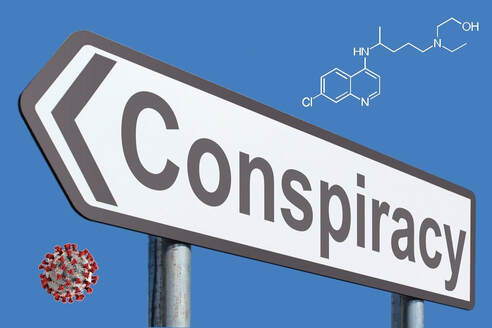 Coronavirus Conspiracy Coronavirus Conspiracy Recent results of preliminary antibody titers against the coronavirus in New York State have revealed that an estimated of 14.9% of the residents of the state (24.7% in New York City) have antibodies against the virus, which indicates they have been infected. The skeptics pounced on this and similar data from other places to argue that the true death rate from COVID19 is lower than had been calculated based on confirmed cases (which we knew already). So for example, if this number (14.9%) can be extrapolated to the total US population of 330 million people then 14.9% is 46.2 million people, then with 64,000 deaths so far from COVID19, the true death rate due to the virus is 0.13%. They claim this shows COVID19 is no worse than the flu for which the overall death rate is (as can be calculated from data from the CDC) about 0.13-14%. Thus, they argue, the lockdown was not justified, we harmed the economy for nothing, this whole thing has been a hoax perpetrated by the fake news media, and the so-called experts like Dr. Fauci have egg on their faces. Even if you are not a scientist, I hope you smell a rat in this argument. You have probably seen the social media posts of healthcare workers and residents from places like New York, Italy, and Spain stating that they had never seen something like this before. You may even know some of them. You have also seen the images. Morgues overflowing, bodies piling up, patients lying on the floors in corridors, shortages of personal protective equipment, and overworked health care workers coming down with the illness right and left. These people have dealt with the flu before, and this ain’t no flu. Indeed, in New York and in the U.S. as a whole, there was a spike in deaths compared to the past.
So what’s going on? First of all, the influenza cases presented in the CDC website are the influenza illnesses that show symptoms. This is important because as much as 50% of the influenza infections may be asymptomatic which indicates that the true number of infections, and therefore the true influenza death rates, are overestimated (I have made the mistake of quoting these inflated deaths rates for influenza too). You cannot use one figure derived from antibody titers in a calculation and compare it to another figure derived from symptomatic illnesses. Also, let’s not compare apples to oranges. The death rate in a region will depend on various local factors such as how early mitigation was begun, the population density of the region, how many people introduced the virus to the community, the quality and quantity of the health care, the overall health of the people, etc. Therefore it may be misleading to extrapolate the 14.9% total infection rate derived from antibody titers in samples from the State of New York to the whole country. According to the titer results, 2.9 million people are estimated to have been infected in New York State. If you take into account that New York State had 18,274 deaths, this is a death rate of 0.63 % for COVID19 in New York State. If you take the titer results of a 24.7% infection rate for New York City, which has a population of 8.4 million (2,074,800 infected), and has 12,287 confirmed deaths due to COVID19, that gives you a death rate of 0.59% (and using these death figures is an underestimation due to the time lag between infection and death, and the undercounting of COVID19 deaths). These figures are considerably higher than the flu’s overestimated rate of 0.13-0.14%, which is really closer to 0.04-0.05%. Although calculations from titers and numbers in other regions yield different death rates, all estimates are higher than the flu’s. Be it as it may, the antibody titer estimates are preliminary and there are several problems with the test kits used and the methodology employed to obtain the samples. We don’t know yet what the true number of infected people in the United States is, but we know this. So far we have had 64.000 deaths. If these deaths occurred as a result of even 10% or 20% of the people being infected (an unlikely high number for the country as a whole), that means that there are 90-80% of people who have not yet been infected. Thus there is substantial potential for more infection and more deaths, at least until herd immunity sets in. Depending on the local situation, the only thing protecting many people from COVID19 infections right now is mitigation and/or the lockdown. The only consistent thing about the preliminary antibody data so far is that it has not revealed very high titer estimates, which indicates that the mitigation/lockdown measures have been successful and were needed. And this makes sense, mitigation and lockdowns are working here and in other countries today and have been shown to have worked in the past too. There are also additional things to consider. COVID19 spreads faster than the flu and asymptomatic carriers can spread the disease for a longer time than the flu. Additionally, many people infected in the past with one strain of the flu have cross immunity to current strains of influenza and others have immunity due to the influenza vaccine. This limits the number of people that influenza can infect. On the other hand, COVID19 is a novel virus, and there is no immunity against it in our population. The number of people influenza can infect is limited, while the number of people that COVID19 can potentially infect is much higher (at least until herd immunity sets in). In a population without immunity, mitigation, or lockdown, this virus can spread like wildfire leading to steep increases in the number of infected, hospital admissions, and deaths depending on the quality of the health care system and the overall health of the population. Finally, the SARSCoV2 virus, which produces the COVID19 disease, is different from the flu virus, not only at the level of the virus, but also at the level of the disease. So, it’s not true that COVID19 is no worse than the flu, and it’s not true that social distancing and the lockdown were unnecessary. People who promote this misinformation and spread conspiracy theories are harming our society. However, the majority of people that do this are not evil. In fact, what they are doing is predictable, and we have a good idea why they are doing it. People are being laid off and facing the loss of their livelihood, and these people are genuinely concerned about their future due to circumstances they can’t control. They are angry and afraid for their loved ones and for themselves, and they fear the uncertainty of their economic situation more than they fear the virus. It is understandable that these people will fall for the simple “us vs them” arguments peddled by conspiracy mongers who are essentially selling them snake oil. But I have a message for these people. Spreading misinformation and lies, and protesting irresponsibly with no masks or social distancing is unnecessary. There is no need to smear the truth and be unsafe. The lockdown can’t go on forever, and everyone including those who had anything to do with putting it in place want to end it. We just need to do it in a responsible way that does not lead to a full-fledged second wave of the virus that overwhelms our health care system. Getting involved in the process and working with the system is better than attacking it. Call your representatives, learn about the local situation with respect to COVID19 and how it’s being dealt with, offer to get involved in the process, and contribute ideas to reopening while respecting and heeding the advice of health experts. This is the way to go. Conspiracy sign by Nick Youngson from Picpedia.Org used here with modifications under a Creative Commons 3 - CC BY-SA 3.0 license. Coronavirus image by Alissa Eckert, MS; Dan Higgins, MAM, from the CDC's Public Health Image Library is in the public domain. |
Details
Categories
All
Archives
June 2024
|

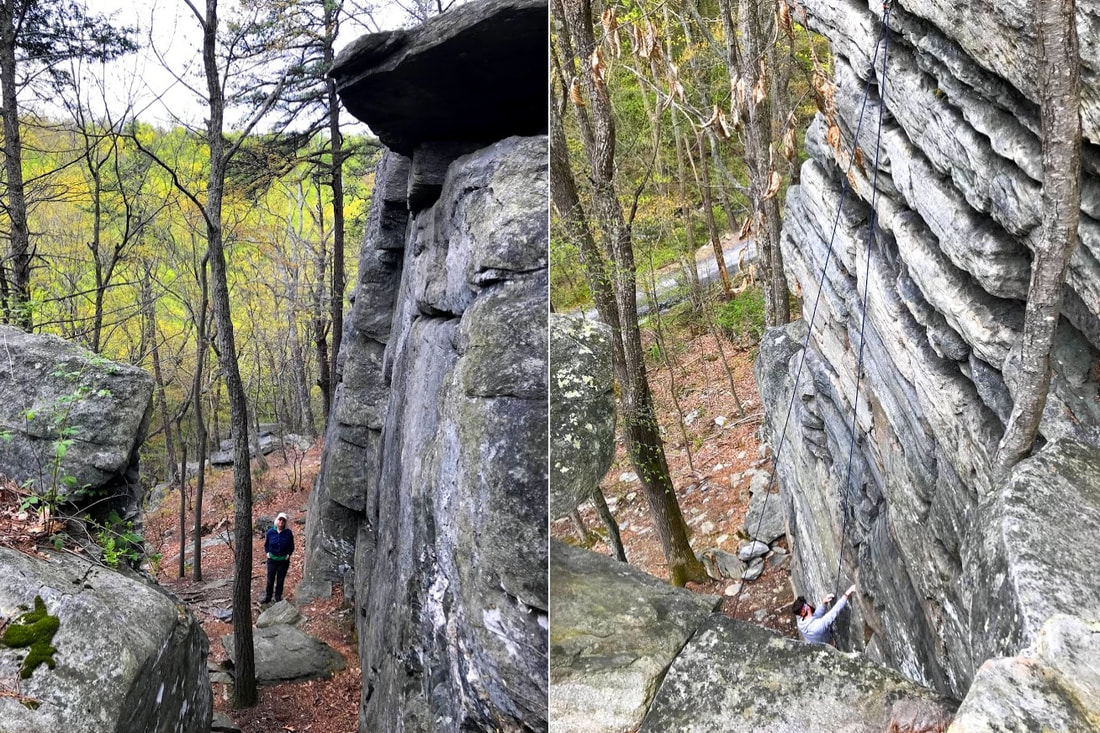
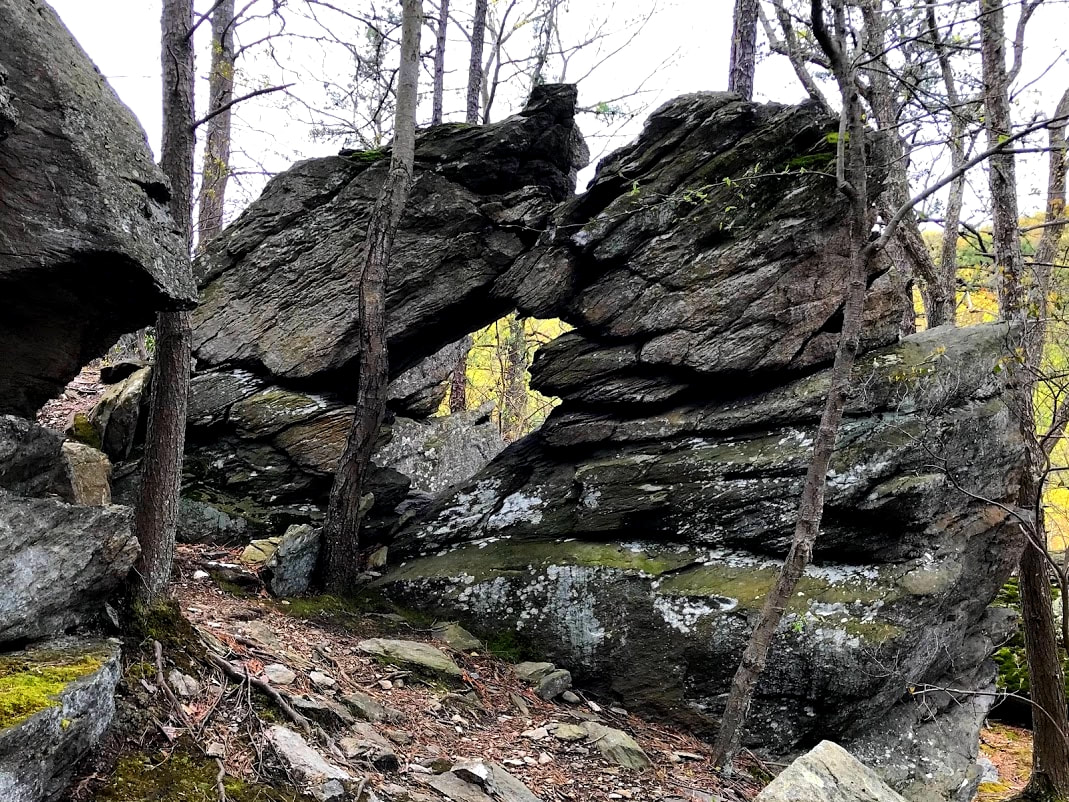
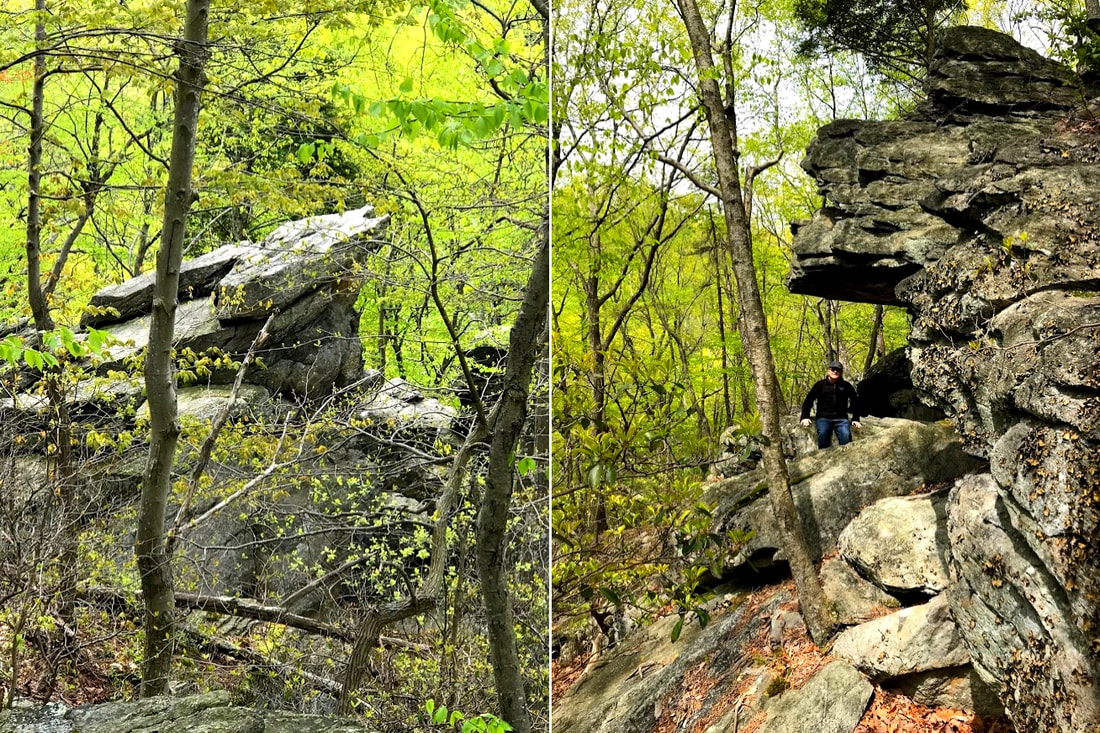
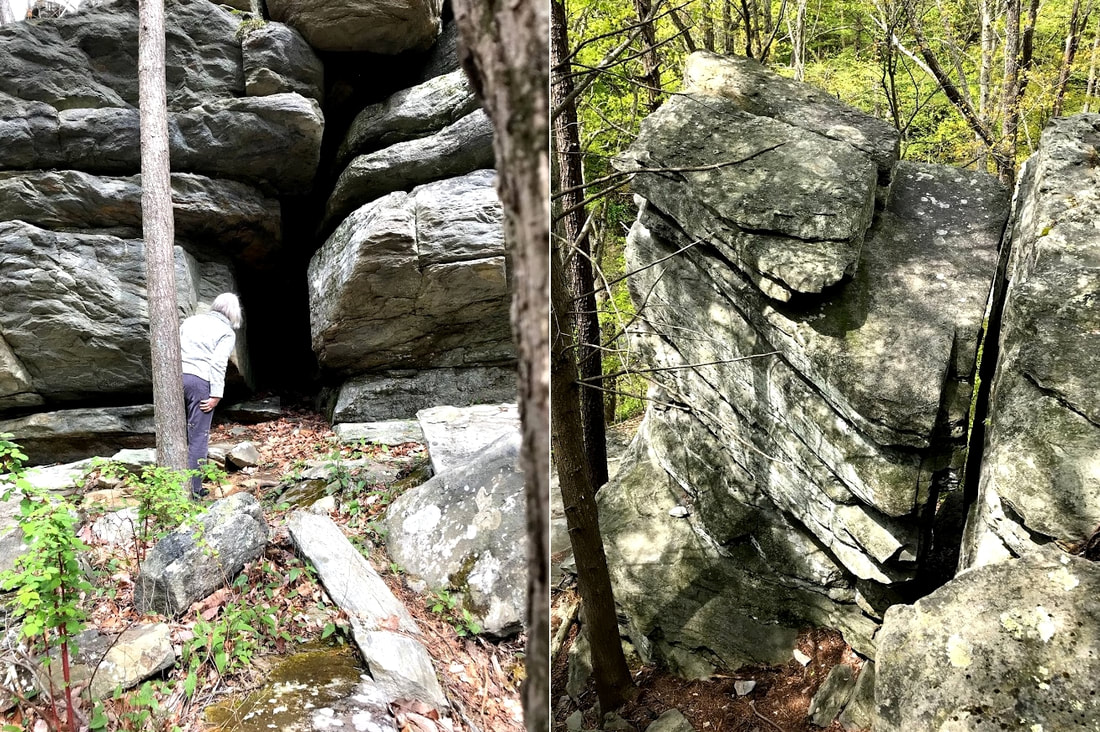
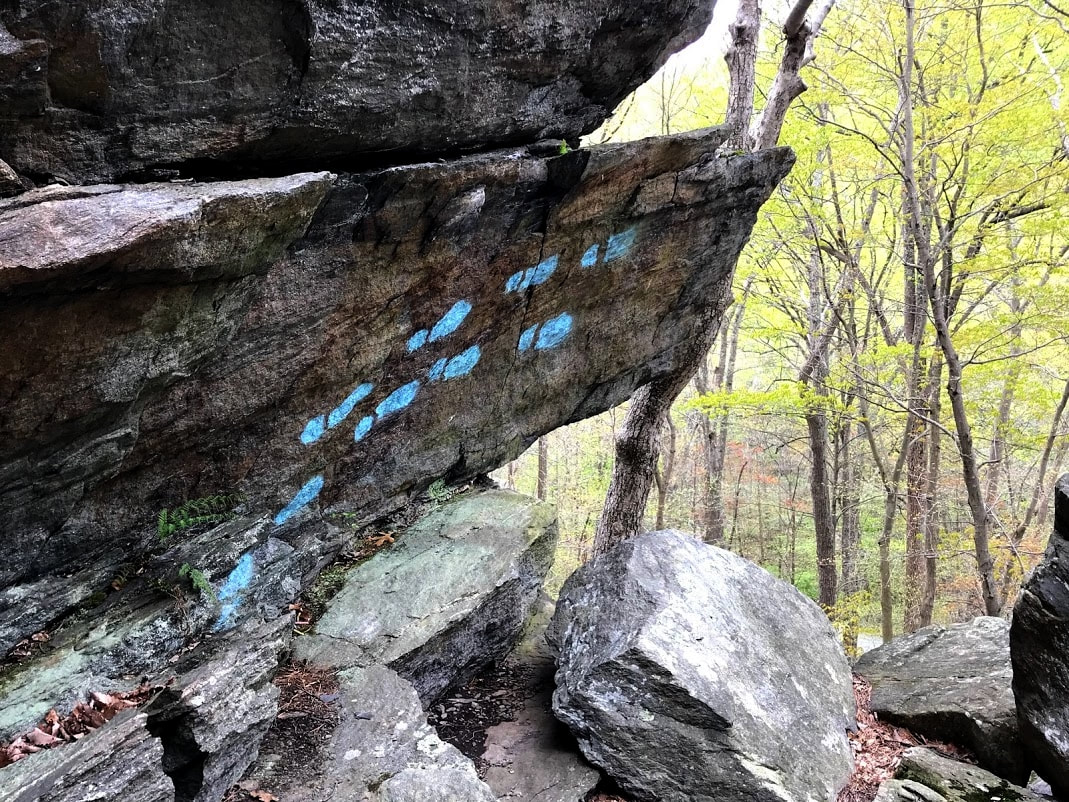
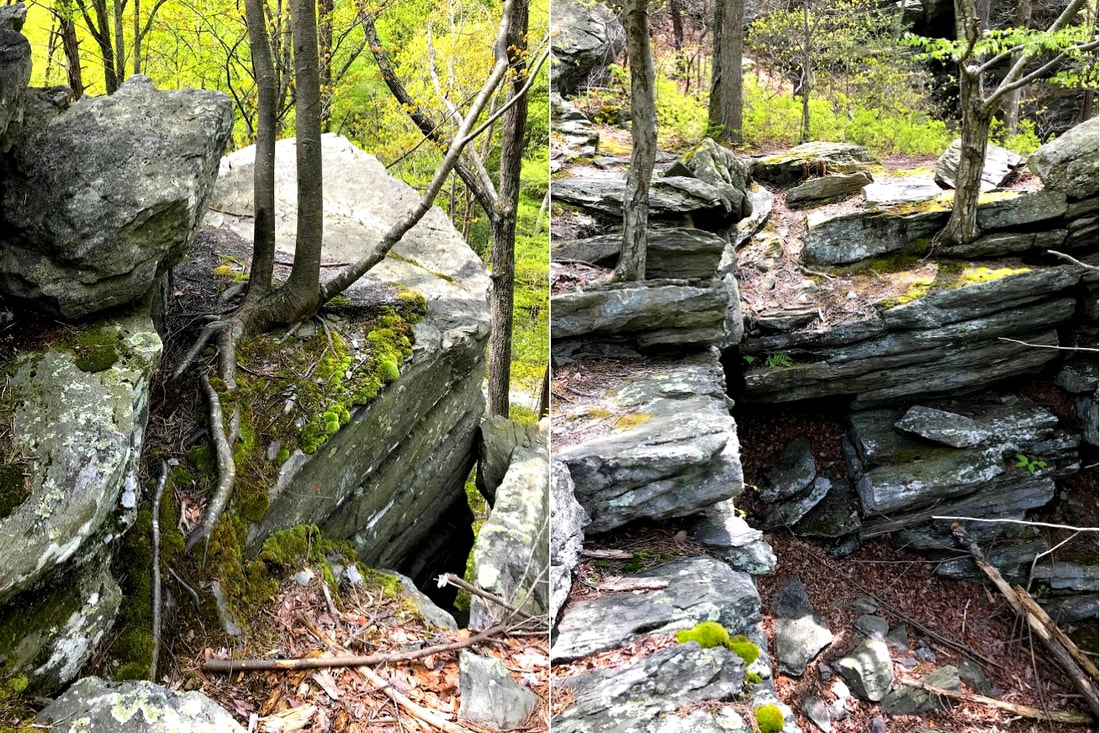
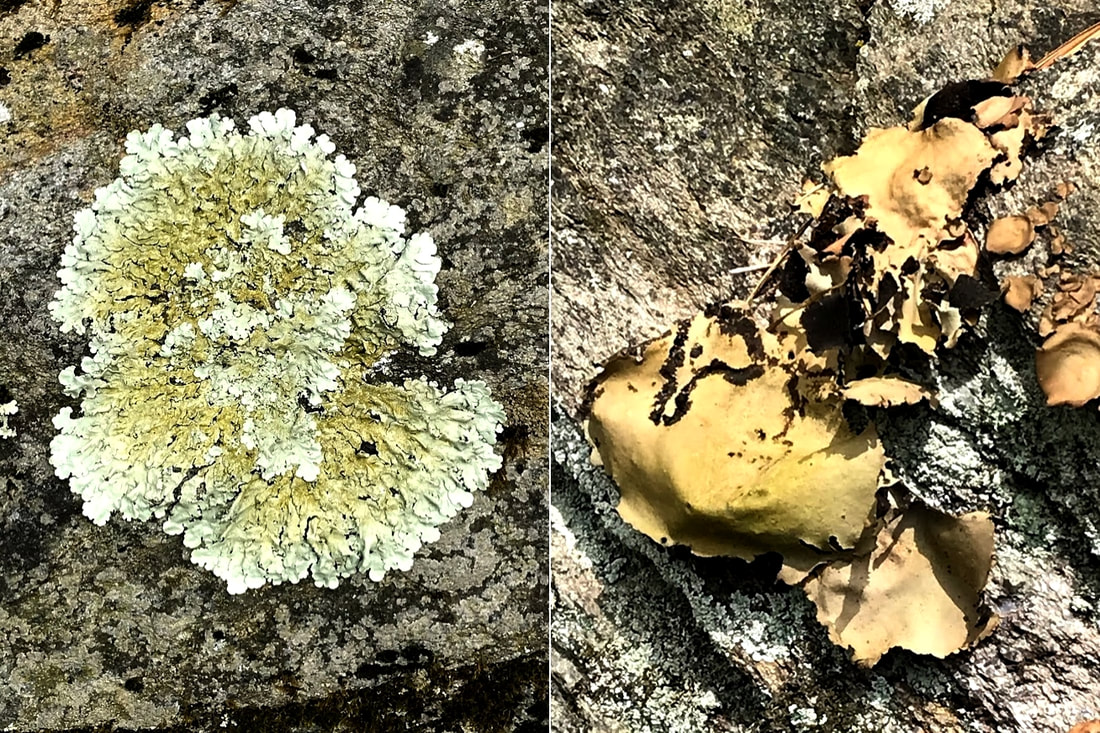
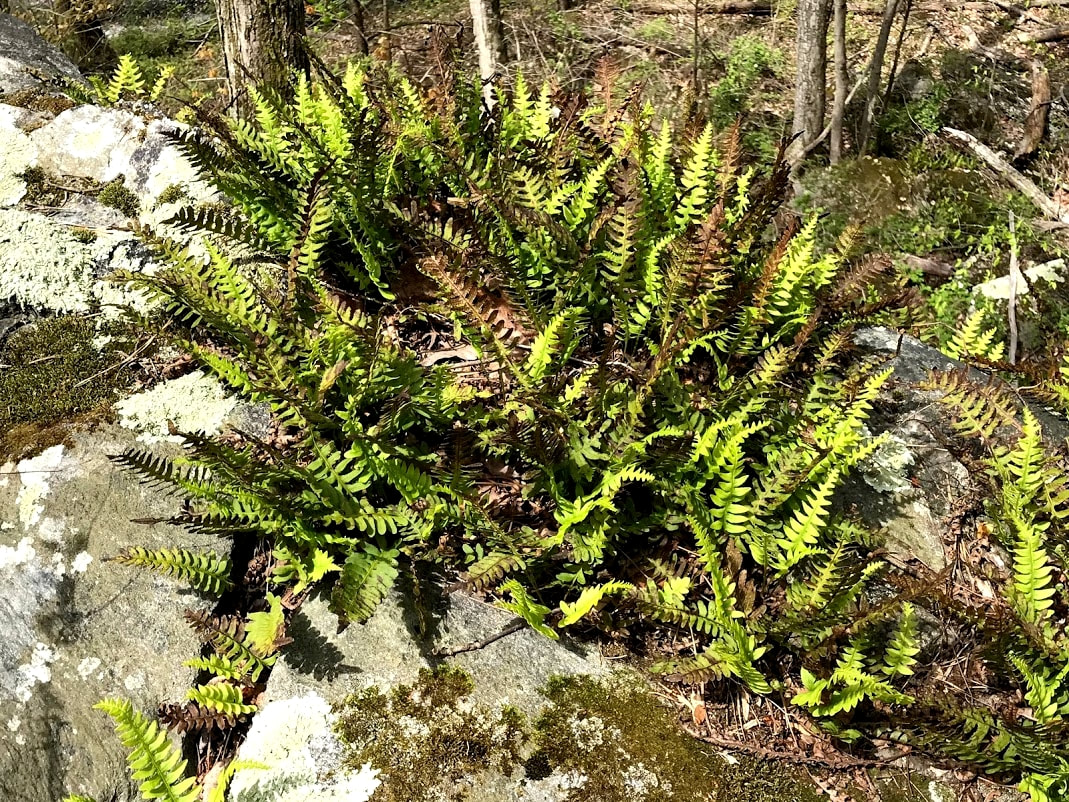
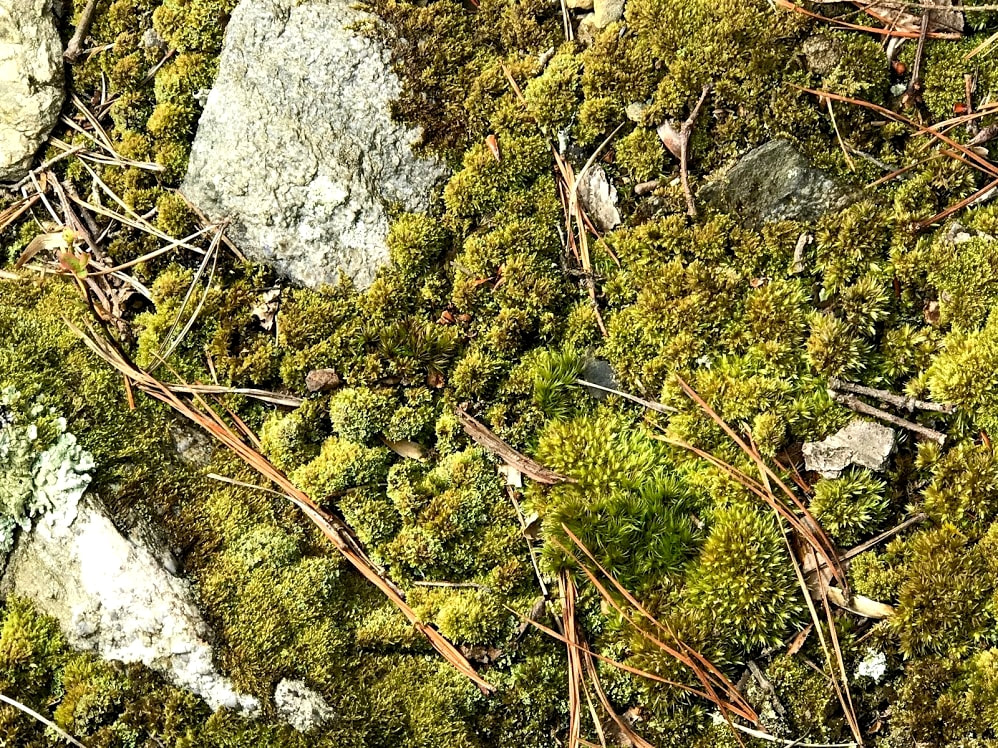



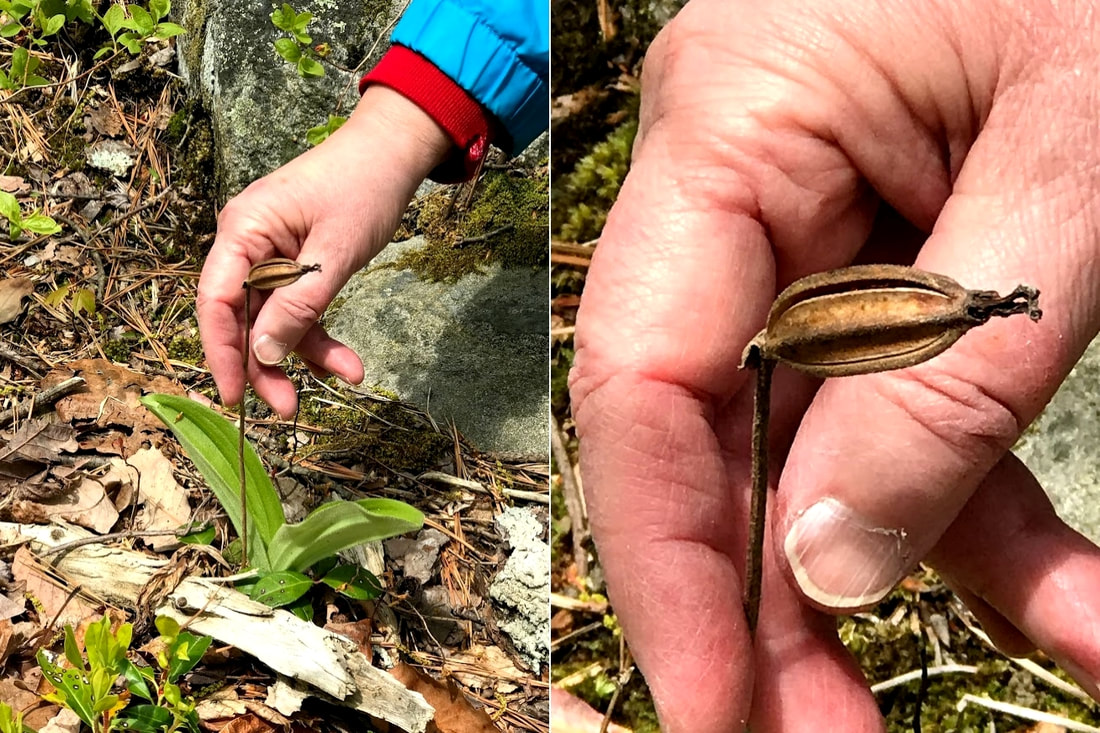
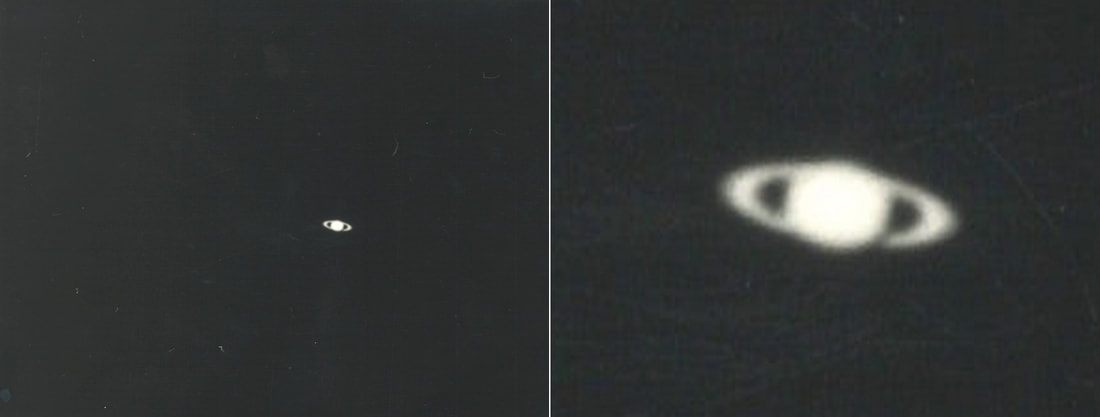
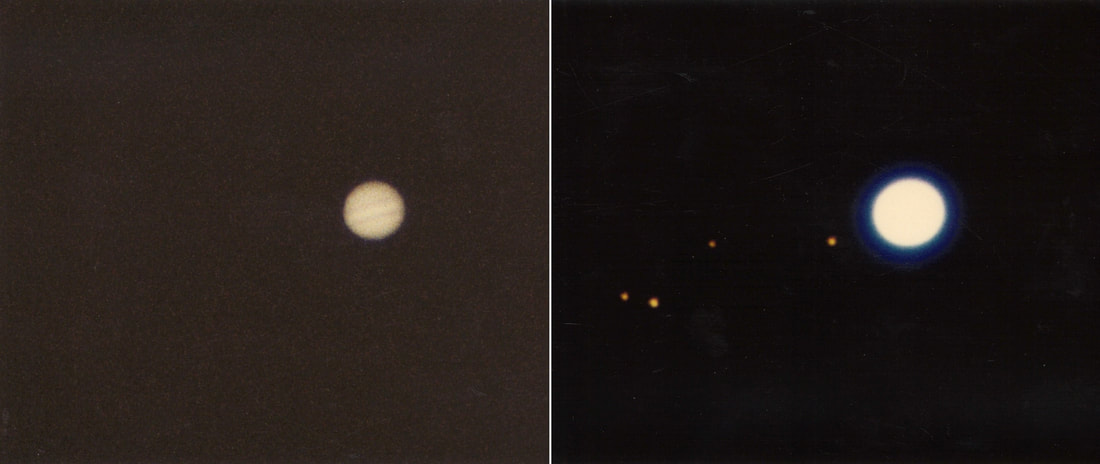
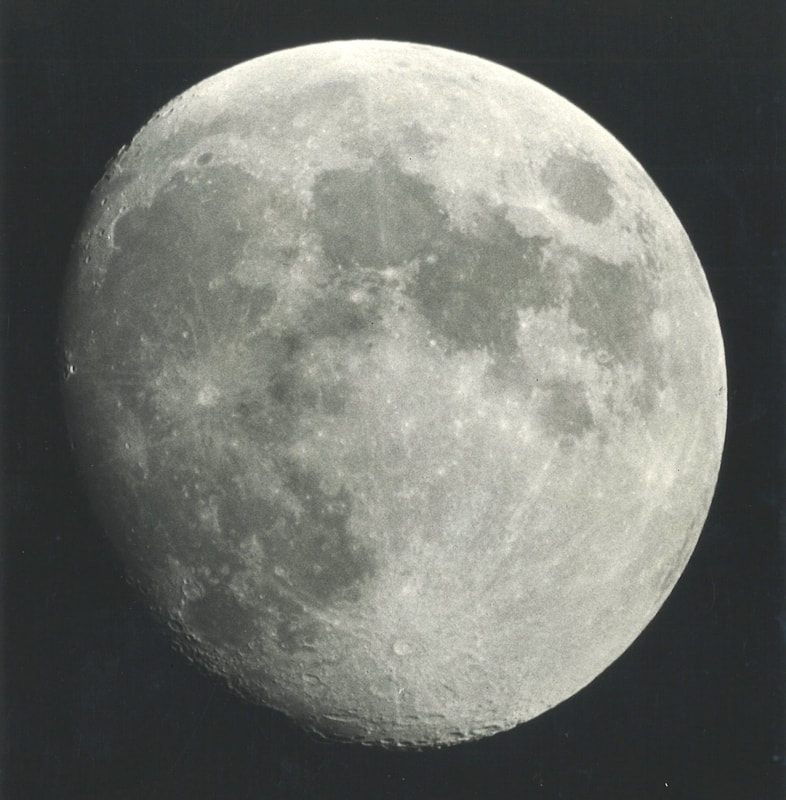
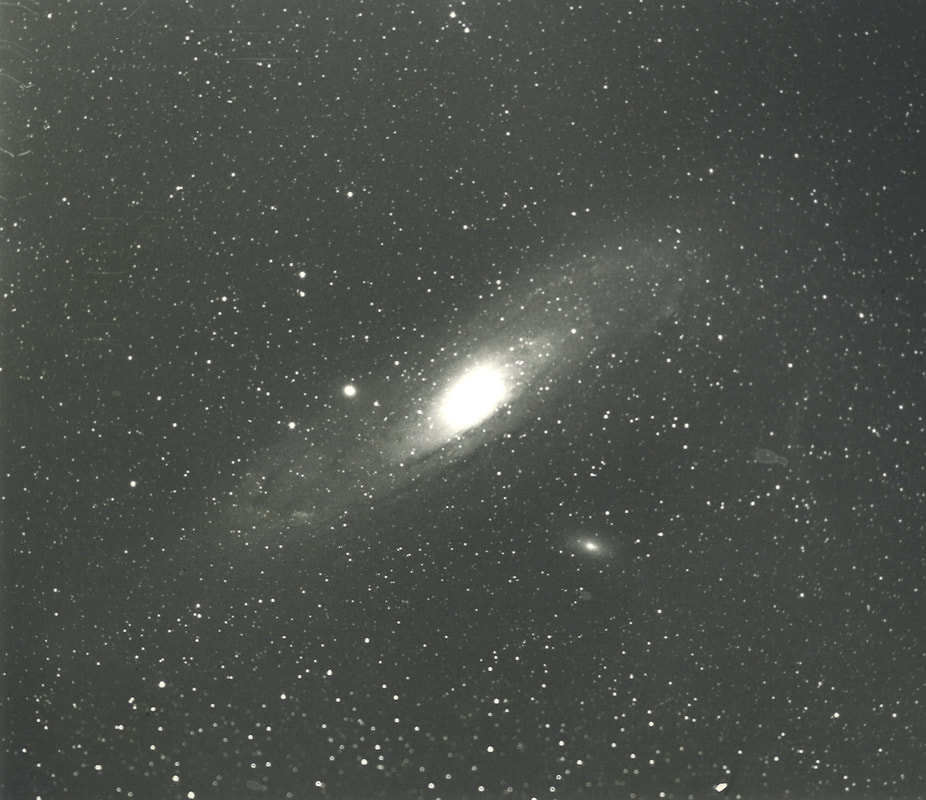
 RSS Feed
RSS Feed